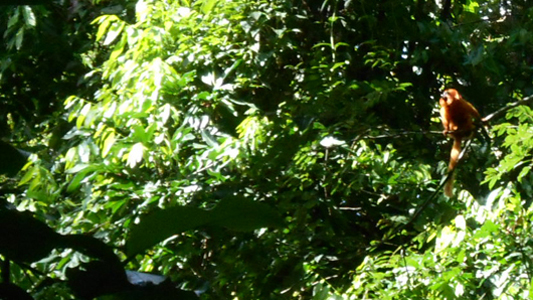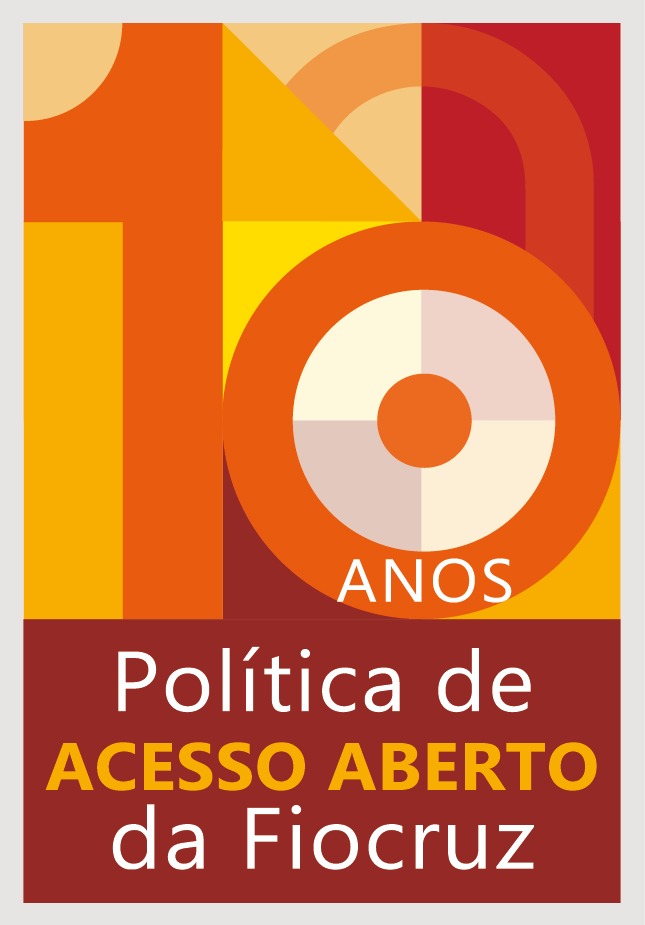Golden lion tamarin reappears in Rio after more than one century

19/05/2017
Kath Lousada (Fiocruz Mata Atântica)
A golden lion tamarin was photographed in the Atlantic Forest Fiocruz Biological Station, an advanced campus for researching biodiversity and health for the Oswaldo Cruz Foundation (Fiocruz) in Rio de Janeiro. The primate species exclusive from the Brazilian Atlantic Forest, which stamps the R$ 20 bill, was seen together with a group of common marmosets by biologists Iuri Veríssimo and Monique Medeiros, who work in environmental management and biodiversity survey in Fiocruz Biological Station.
According to the biologist responsible for the environmental management of the Development Program of the Atlantic Forest Fiocruz Campus/Biological Station, Ricardo Moratelli, the next step is finding where the animals came from — if they are remaining from a local population or if they were brought from other regions and released in the area. Fiocruz Biological Station is contiguous and partially superimposed to Pedra Branca State Park, which includes the greatest urban forest in the Americas and, according to calculation by the researching team, has approximately 50 km2 of well-preserved lowland forests (between 100–300 m), which are the preferred habitat for the golden lion tamarin.
Primate from the Atlantic Forest
The golden lion tamarin is a primate species exclusive from the Brazilian Atlantic Forest. The first European naturalists that visited the region in the current Rio de Janeiro state between 16th and 19th centuries were delighted with such primates, and some specimens were readily collected and sent to Europe, being formally described by the famous Swedish naturalist Carolus Linnaeus in 1766.
Records from the colonial period to the beginning of the 19th century indicate that the species occurred along almost the whole coastal strip in Rio de Janeiro state, including Rio municipality. Due to the fast habitat loss along the 19th and 20th centuries, the species was locally extinct in most of its distribution range. Until the 1940s, the species still occurred in Araruama and Maricá, but, soon after that, it was restricted to a small region in São João river basin.
In the beginning of the 1960s, when about 200 tamarins remained, the primatologist and conservationist Adelmar Coimbra Filho set the bases for a salvage program for such species. This effort was consolidated in a large project for preserving, protecting, and studying the golden lion tamarin, which is led by Associação Mico-Leão-Dourado (Golden Lion Tamarin Association) since 1992. Nowadays, there are about 3,200 tamarins living freely, with all populations being concentrated in a few municipalities in the Rio de Janeiro countryside, with the greatest areas being Poço das Antas Reserve and União Biological Reserve.


